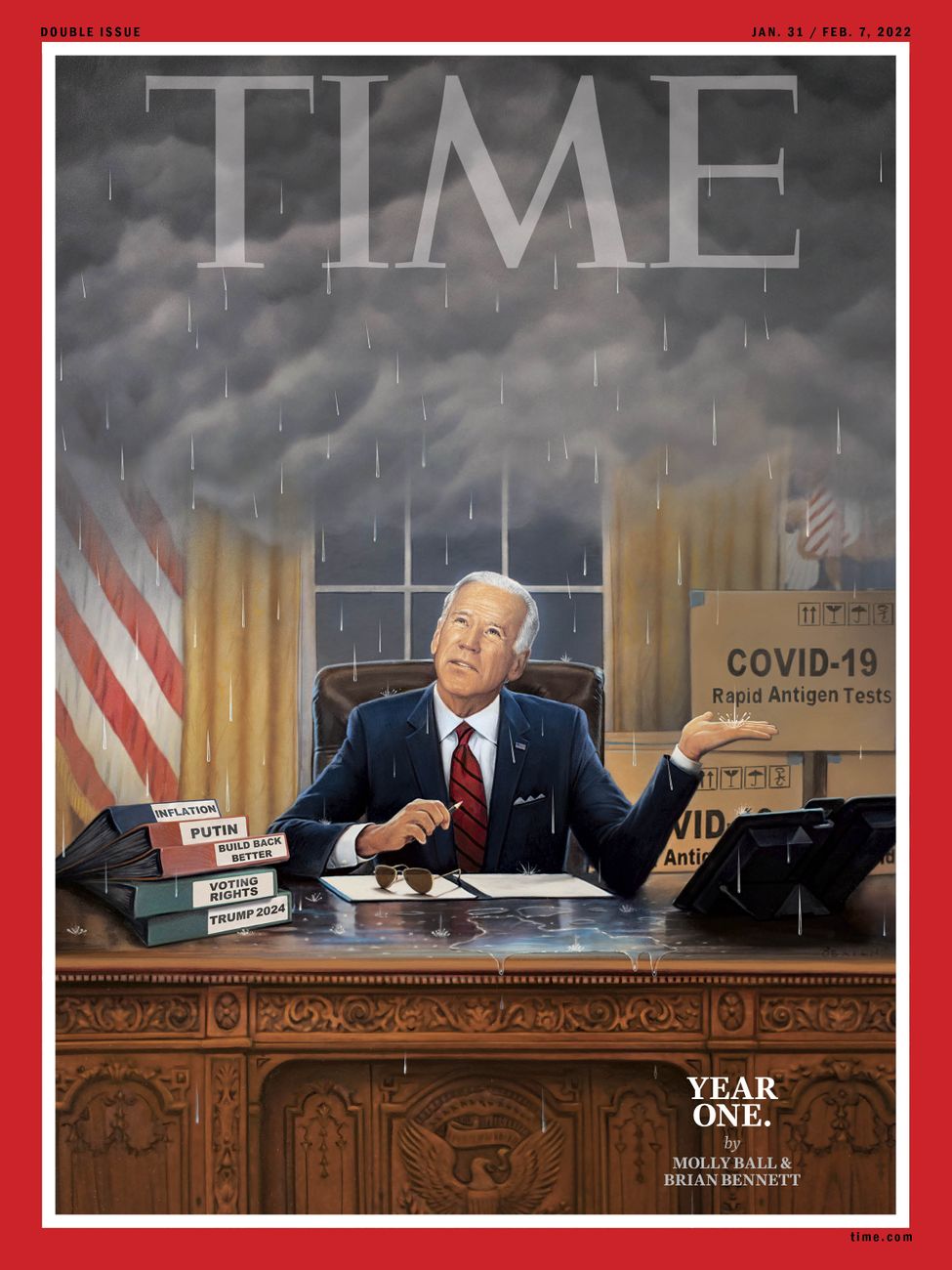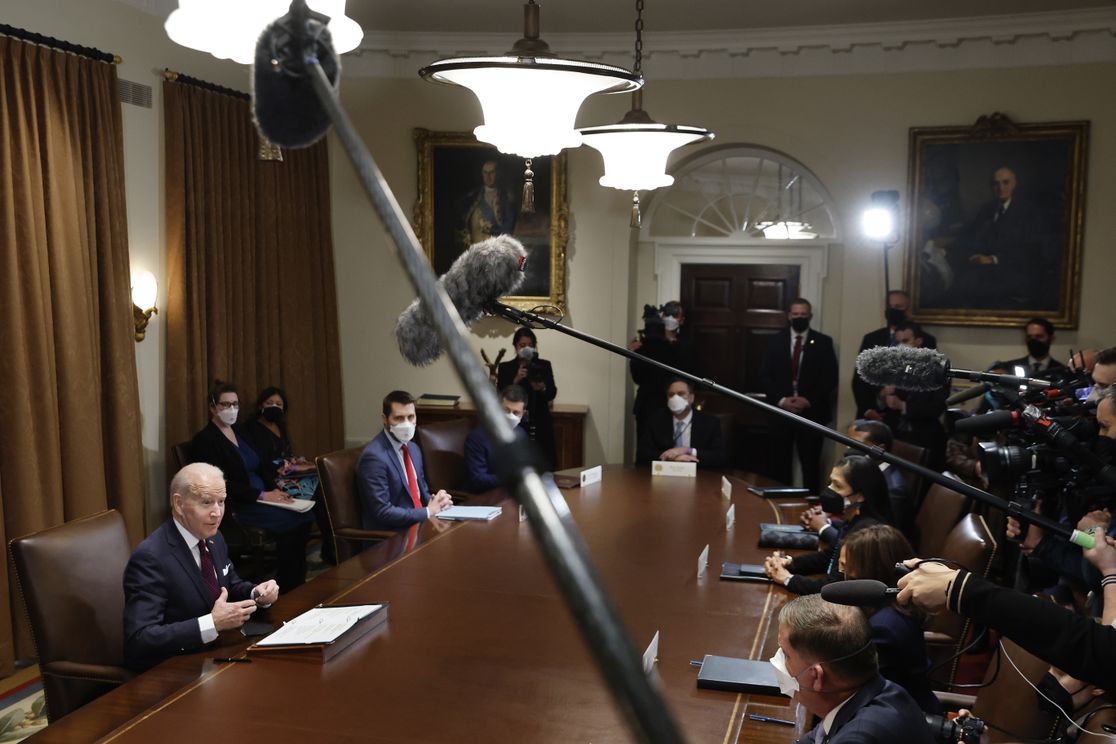| For years to come, companies are going to need new creativity and flexibility to attract employees, chief economic correspondent Neil Irwin writes in Axios Capital. - Why it matters: For the past few decades, employers could hang out a "Help Wanted" sign — literal or virtual — and count on people lining up looking for a job. That has been turned on its head.
Zoom in: Companies need to give workers a reason to want to work for them beyond a paycheck. Here's what Chris Floyd, a restaurant-industry recruiter in the D.C. area, tells Axios: - "If you treat people with respect and compassion and see them as whole people, they feel that — and tend to be more loyal even if they could be making more elsewhere."
Zoom out: In retail, even amid widespread labor shortages, Walmart hired 150,000 employees this past holiday season. - The company says its average hourly wage for store employees has risen to $16.40 — more than double the federal minimum wage.
- And 400,000 employees have taken advantage of company-paid training programs in the last year alone.
 Data: Bureau of Labor Statistics, Congressional Budget Office. Chart: Axios Visuals What's next: Boomers are retiring, millennials are approaching middle age. Gen Z, which follows them, is comparatively small, Neil explains. - The U.S. labor force will grow by a mere 0.2% a year from 2024 to 2031, the Congressional Budget Office estimated in July.
So employers can't count on a flood of new workers to fill empty jobs. - Bruce Evans of Emsi Burning Glass, which analyzes job listings, said, "We're trying to warn employers that this is not just a passing fad but a new reality."
Sign up for the weekly Axios Capital, captained by Neil Irwin for a few months while Felix Salmon is away on a book project. | 








No comments:
Post a Comment